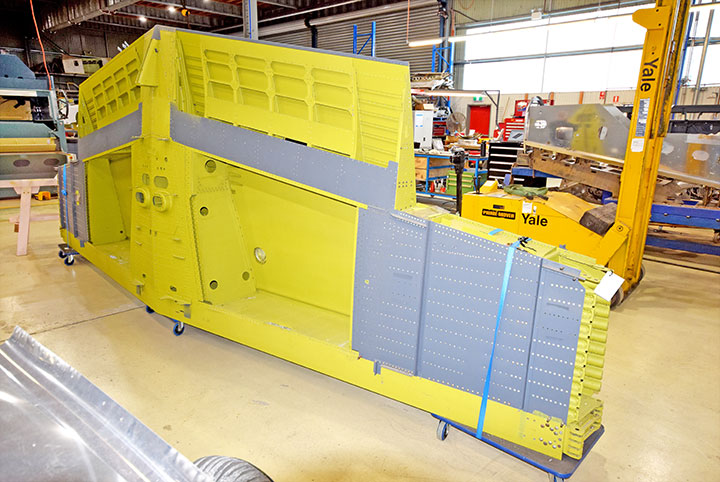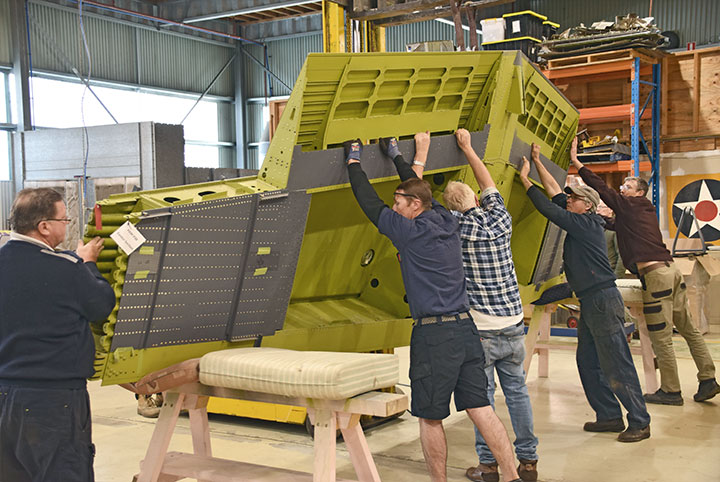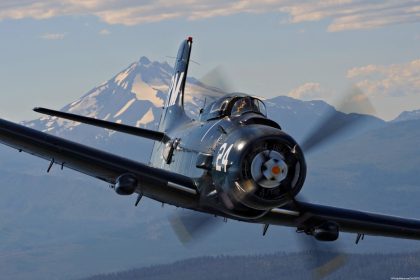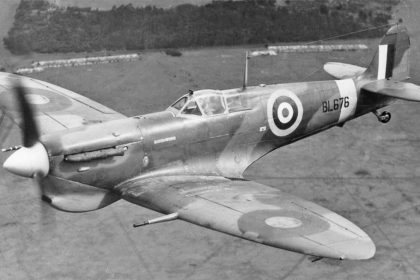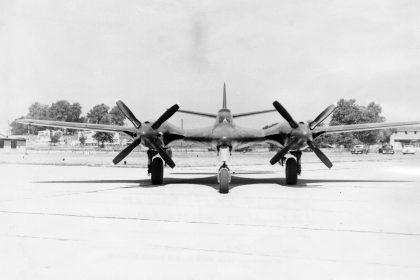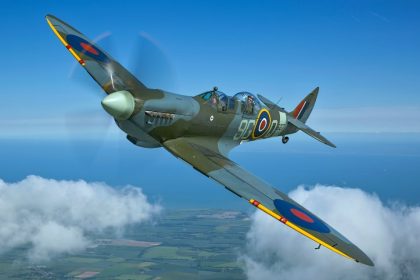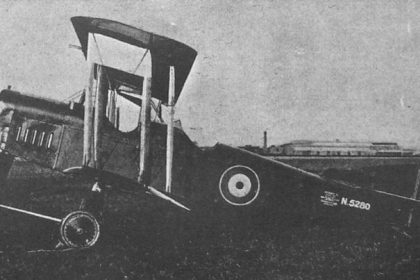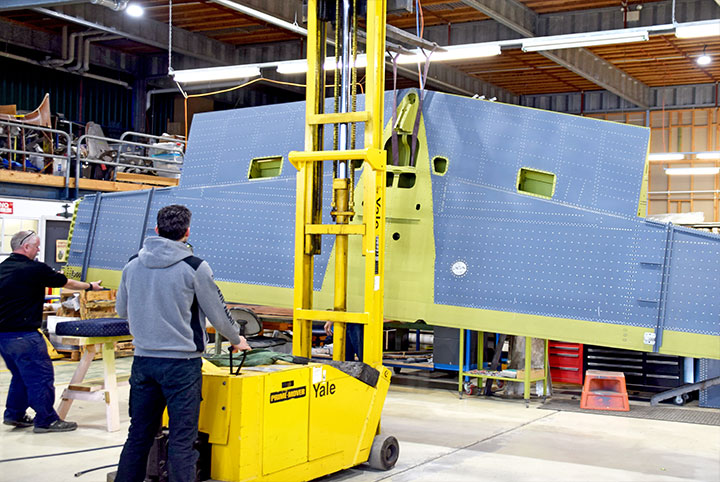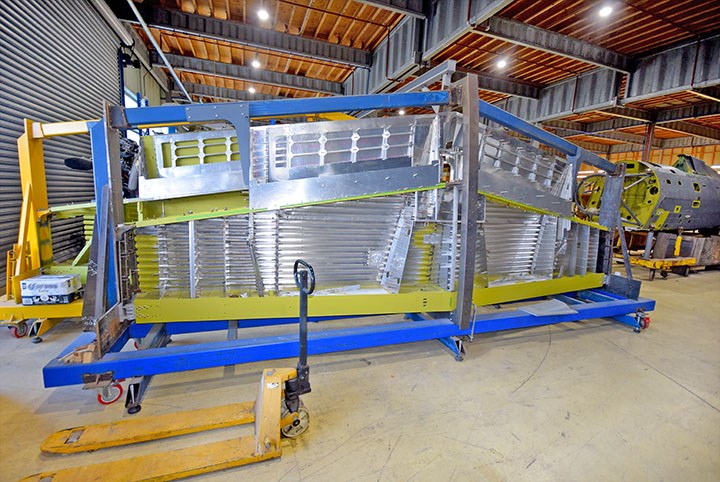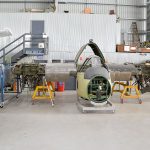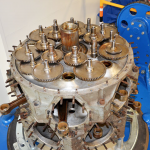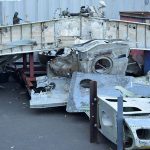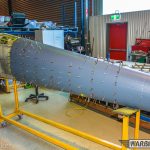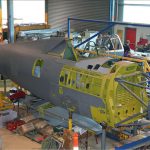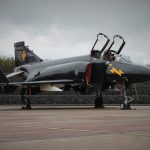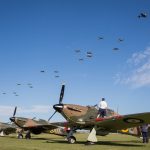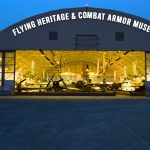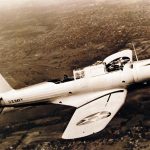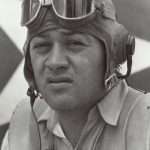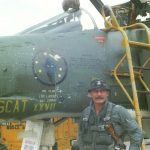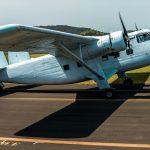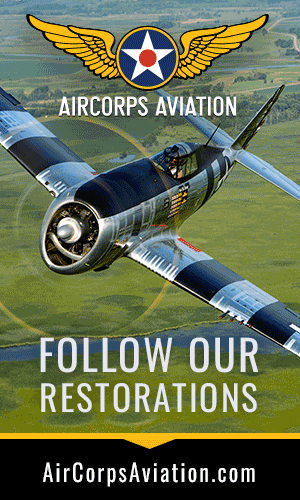It has been a while since we have reported about the three Lockheed P-38 Lightnings currently under restoration in Australia. Our good friend John Parker from WarbirdsOnline recently visited Historical Aircraft Restorations Ltd.’s workshop in Albion Park, New South Wales where the Lightnings are under rebuild, and has graciously allowed us to share some of his words and fascinating images from that trip. One of the Lightnings will fly again with Historical Aircraft Restoration Society, while the other two will be returned to static condition.
Readers will recall that the progress at that stage was concerned with the effort to rebuild the 3 huge wing center sections of the aircraft with the main spars being completed and work accelerating to mount the center sections in the two purpose built jigs to allow for the construction and assembly of the entire sections. This exercise is not for the faint hearted as the P-38 center section is a very large and complex construction in its own right let alone the entire wing.
At the time of our recent visit, a remarkable amount of progress was evident with 3 of the center sections very well advanced, two were in jigs undergoing advanced assembly with one also in a smaller transport cradle having been largely completed. Unlike other more numerous types of restorations such as P51 Mustangs and Supermarine Spitfires it is not possible to purchase newly manufactured structural components for the P38. All of the components required to construct a P38 have to be reverse engineered and manufactured in house at the Albion Park facility and to this end Robert Grienert has invested heavily in computer driven technology to design and engineer the components used in the rebuild. A case in point being the complex reinforcing corrugated components used in the wing strengthening sections. These had to be manufactured with great precision and accuracy and the folding of the sections themselves required considerable research. During our recent visit one of the wing centre sections was ready to be removed from the jig and the process is proceeding according to plan with the structurally complete section temporally placed on trestles whilst more of the detailed work is completed.
Another area of great interest during our visit was the progress of construction on the first fuselage “pod” again requiring a great deal of reverse engineering. These structures are manufactured in two sides which are then joined to form the whole pod structure which is then completed and skinned as one piece. The level of precision required to manufacture both halves and have them align together in the jig is extreme. The two halves mated perfectly on the first try, a testament to the standard of the work performed in the manufacturing process. Work will now concentrate on the completion of the internal structure and fit out with the reskinning then to take place. New forward fuselage gun bay doors have now been researched and designed with the first example having been completed and trial fitted. These complex doors are a work of art in their own right and were built by master panel craftsman Mark Nugent at Dubbo NSW. Mark has a reputation as the “go to” person for difficult panel components on many Warbirds and we previously reported on his work in our news article dated 3 April 2019 Mark Nugent.
WarbirdsNews wishes our great thanks to John Parker at Warbirds Online, and also by extension to Rob Greinert, for the article and images published here. We expect to hear from them again before too long!
Warbirds Online extends their thanks Robert Grienert and the team at Albion Park for their help and assistance for this visit.







